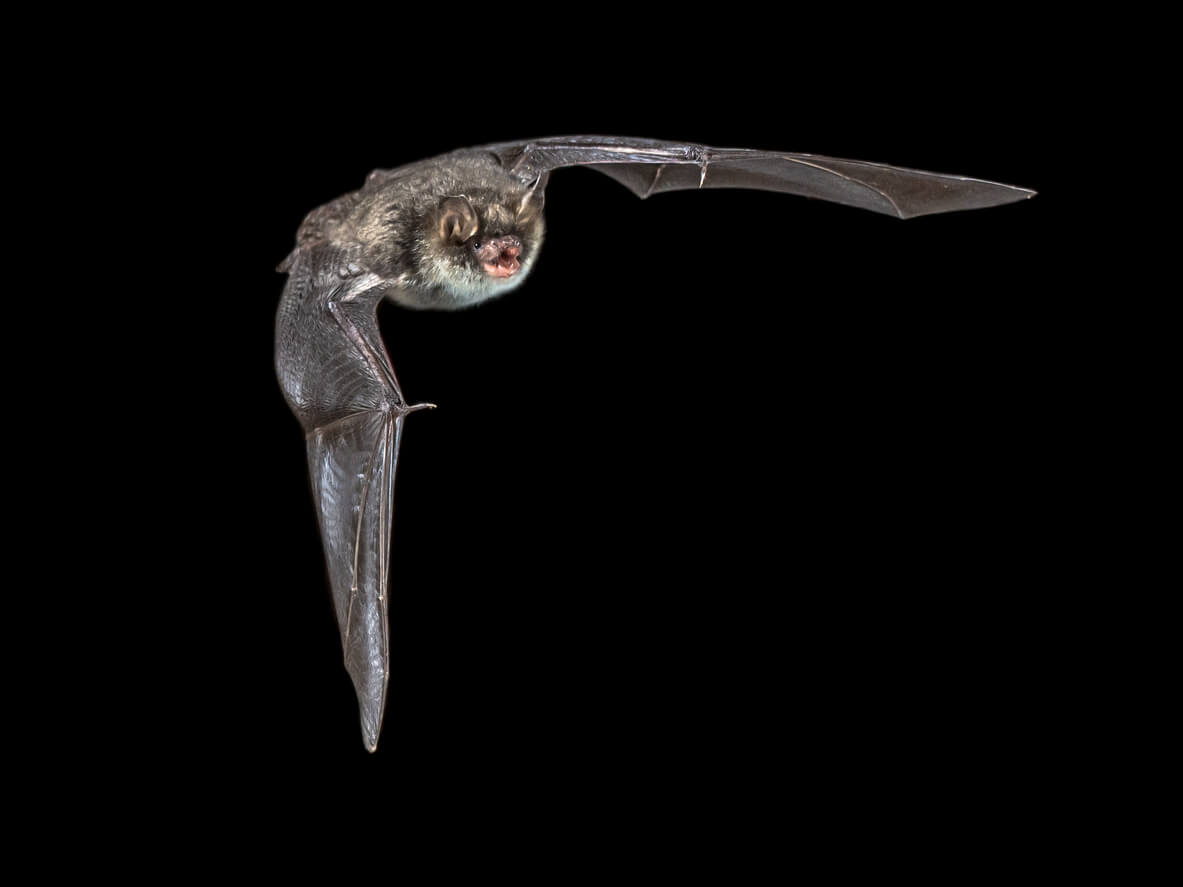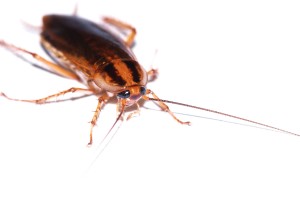
Are There Bats in New York?
The quick and easy answer to this question is… YES!
Before you start running for the hills, we want to explain that bats aren’t as bad as they’re portrayed in the movies. Most of the time they’re just looking for a place to live and something to eat (which is not you or your blood).
However, these bats can carry diseases and occupy a portion of your home like the attic or under your roof eaves. Therefore, it’s important you know a little bit about these bats as you call your local pest control company to remove them.
The Types of Bats in New York
In the State of New York, there are a total of nine bat species — six cave bats and three tree bats.
Cave Bats
Cave bats live in, well, caves (and mines)! However, this is only for the winter as they hibernate during this season. As the spring arrives and the weather warms up, cave bats will leave these caves. You can find them in a variety of places like underneath bridges, buildings, trees, loose bark, etc.
- Little Brown Bat – The most commonly seen bat in New York State. The little brown bat is commonly seen flying low during summer evenings or in buildings and homes.
- Big Brown Bat – The largest cave bat in New York State. The big brown bat is two to three times larger than any other cave bat and has a wingspan of over one foot!
- Northern Bat – This bat is quite fond of the trees in nearby wooded areas during the summer. Northern bats have large ears and a high-frequency call that allows them to navigate through densely wooded areas. In the winter, you can find them tightly squeezed into cave crevices and cracks.
- Indiana Bat – Unfortunately, Indiana bats are an endangered species with more than half of the population living in a single New York State mine. Of the few left, they tend to stay in large clusters of a few hundred. They look almost identical to that of the little brown bat but have small differences, such as their bright pink noses.
- Eastern Pipistrelle – The Eastern Pipistrelle species easily sticks out because of their yellowish-orange fur along with a reddish forearm color. In addition to their brighter colors, this bat prefers to hang from a ceiling, wall, or tree by itself — so it sticks out like a sore thumb.
- Small-Footed Bat – By its name, you’ve probably already guessed that this is the smallest bat in New York State. Correct! These bats weigh less than a nickel, have a dark black face, and have extremely small feet. You might not ever see one of these bats, as they’re so small, live mostly in the Adirondack region, and raise their offspring in rock accumulations, cliffs, and bridges.
Tree Bats
Unlike cave bats that live in caves during winter and are out and about during the summer, tree bats live in trees all year round. Tree bats will usually head south for the winter in order to find food more easily.
- Red Bat – This species was more prominent in New York back in the 1800s, but the population has dwindled as most of this species reside in warmer, southern states. However, you can still see this reddish-orange bat (females are grayer) in the lowest portion of tree foliage.
- Hoary Bat – We’d like you to meet New York’s largest bat. This species can weigh anywhere from two to seven times more than any other species, while also having a wingspan of up to 16 inches. Hoary bats will roost in the highest parts of the highest trees. Most of the population can be found in the Adirondacks.
- Silver-Haired Bat – This silver-colored bat can sometimes be seen before sunset, as this species will feed earlier in the evening than any other bat. Like the Hoary and Small-Footed bat, most of the population resides in the Adirondacks. Expect to see this bat nestled into a crevice or underneath the bark of a tree.
—
Chances are you won’t become Batman after discovering bats on your property… (bummer)
So when you do discover a bat in your attic, inside of the walls, in a room, or under your roof eaves, make sure you give us a call.
(Just don’t try and catch it yourself. You’ll end up freaking yourself out more than the bat. Trust us, we’ve seen it a million times!)


